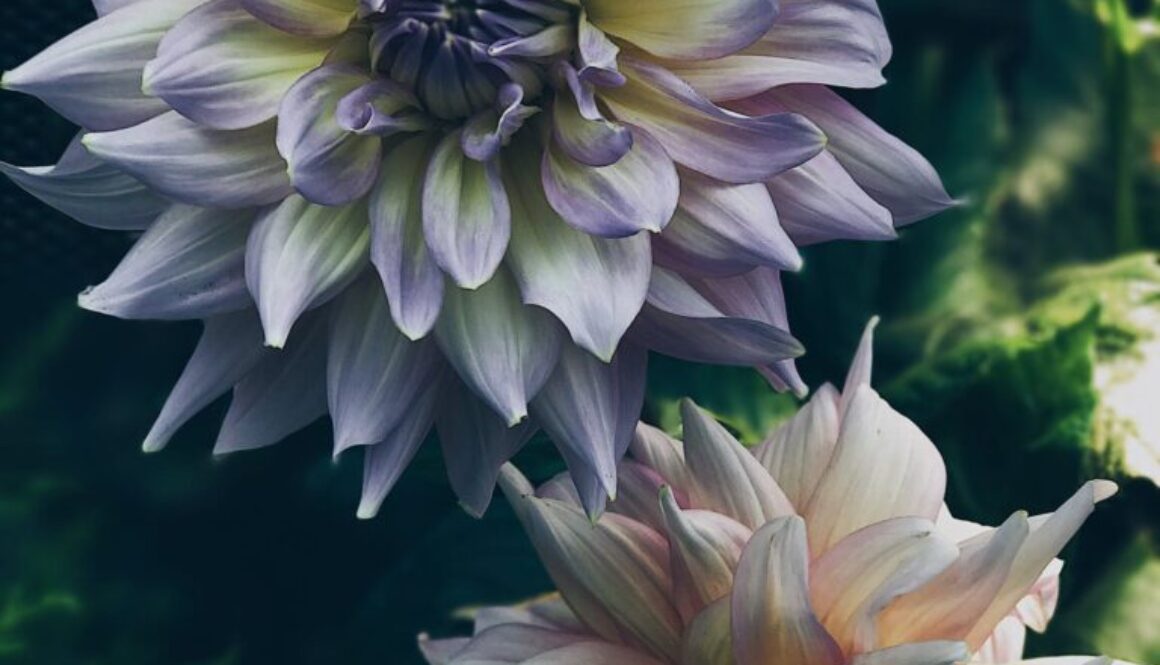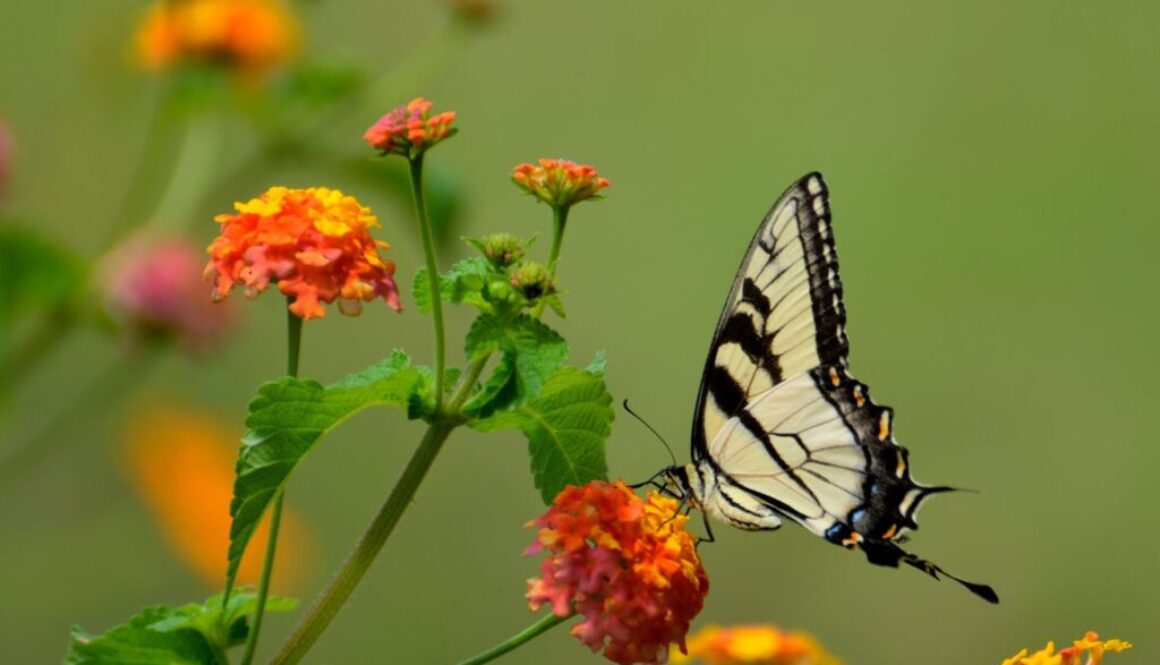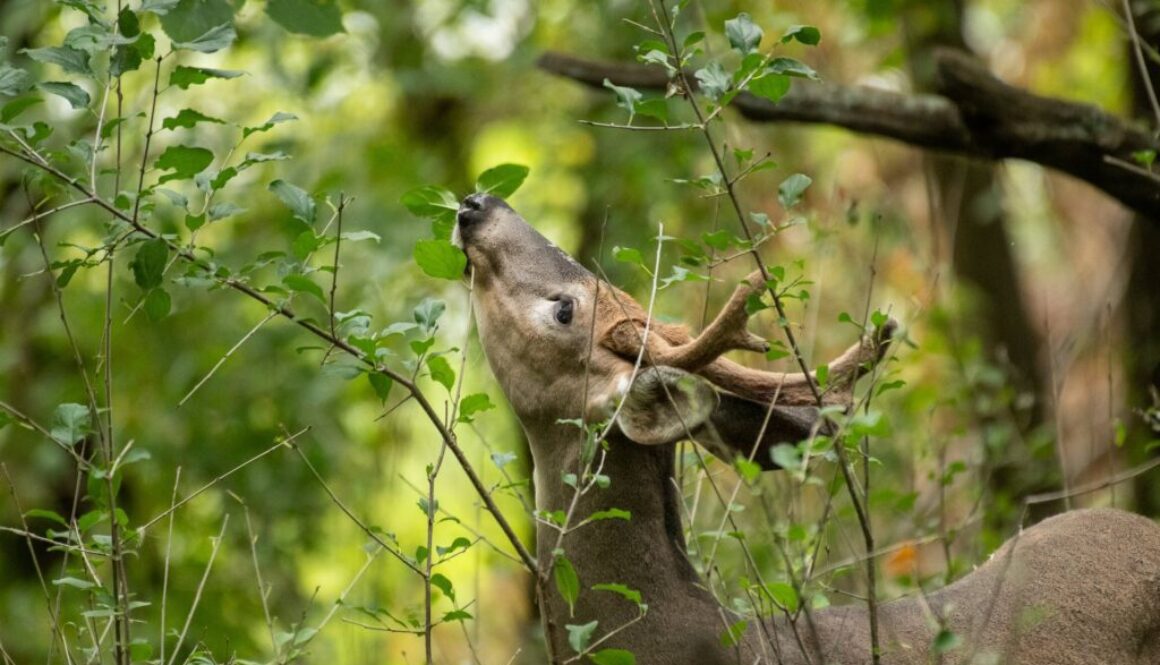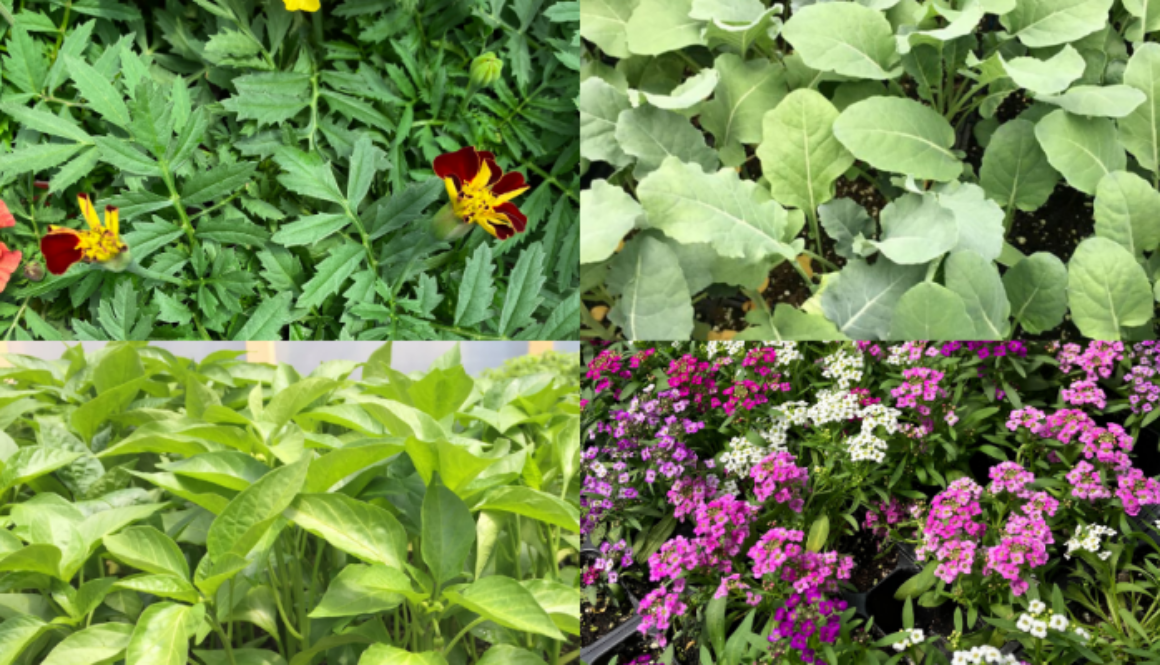Did You Know? Flowers we EAT!
Many flowers are edible. Nothing dresses up a salad, a charcuterie board, or cake like flowers. Some tasty blooms are more well-known than others, but with many varieties to choose from you’ll have no trouble surprising guests with a lovely homegrown treat. Time to set the table because here at MountainRose, we have some old favorites and some new varieties to try! I am going to list a few for sale but as a rule, if you eat the fruit then there’s a good chance you can eat the bloom.
Alyssum- The leaves and flowers of sweet alyssum have a pungent flavor, like kale. Try adding them to salads, cold soups or even omelets.
Amaranthus-The leaves of Celosia (think cockscomb) are very nutritious, like spinach. The young leaves also make nice salad greens.
Baby’s Breath (Gypsophila sp.)- White or pink flowers that have a mild, slightly sweet flavor, perfect for dessert garnishes.
Dahlia – All dahlia flowers and tubers are edible. Flavors range from water chestnut and spicy apple to carrot.
Hibiscus – Add strips of vibrant colored petals to fruit salads.
Hollyhock – The flowers can be crystalized and used to decorate cakes and mousses or try mixing them with salad leaves for a stunning dish. Before eating, remove the center stamen and any green bits.
Korean Mint-Both flowers and leaves have a delicate, fragrant taste. They are ideal for adding to cakes for a hint of anise flavor.
Mexican Marigold or Mint- Aromatic leaves are a substitute for French tarragon. Sweet licorice flavor brightens salads and main dishes. The edible, golden-yellow flowers bloom all summer.
Nasturtium – Tasting peppery, like watercress, these make a lovely salad addition.
Pansy – Mild and fresh-tasting, they’re great in a green salad or as a garnish. They can be crystallized and used to decorate cakes, cookies, or creamy desserts.
Sunflower– The mild nutty taste makes the petals good in salads or stir fries.
Here are a few herbs that are also good choices: lavender, chives, basil, oregano, rosemary, and sage.




